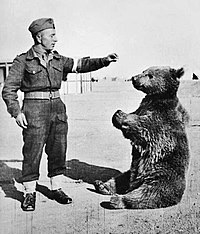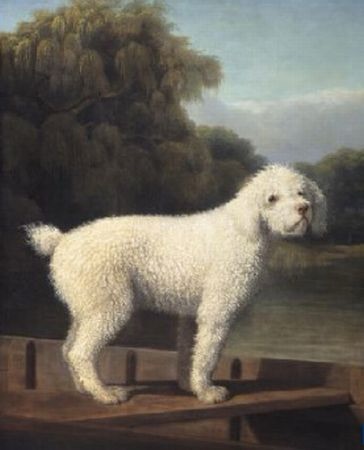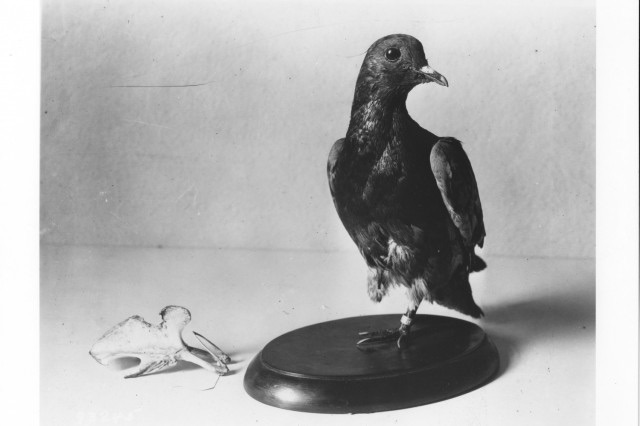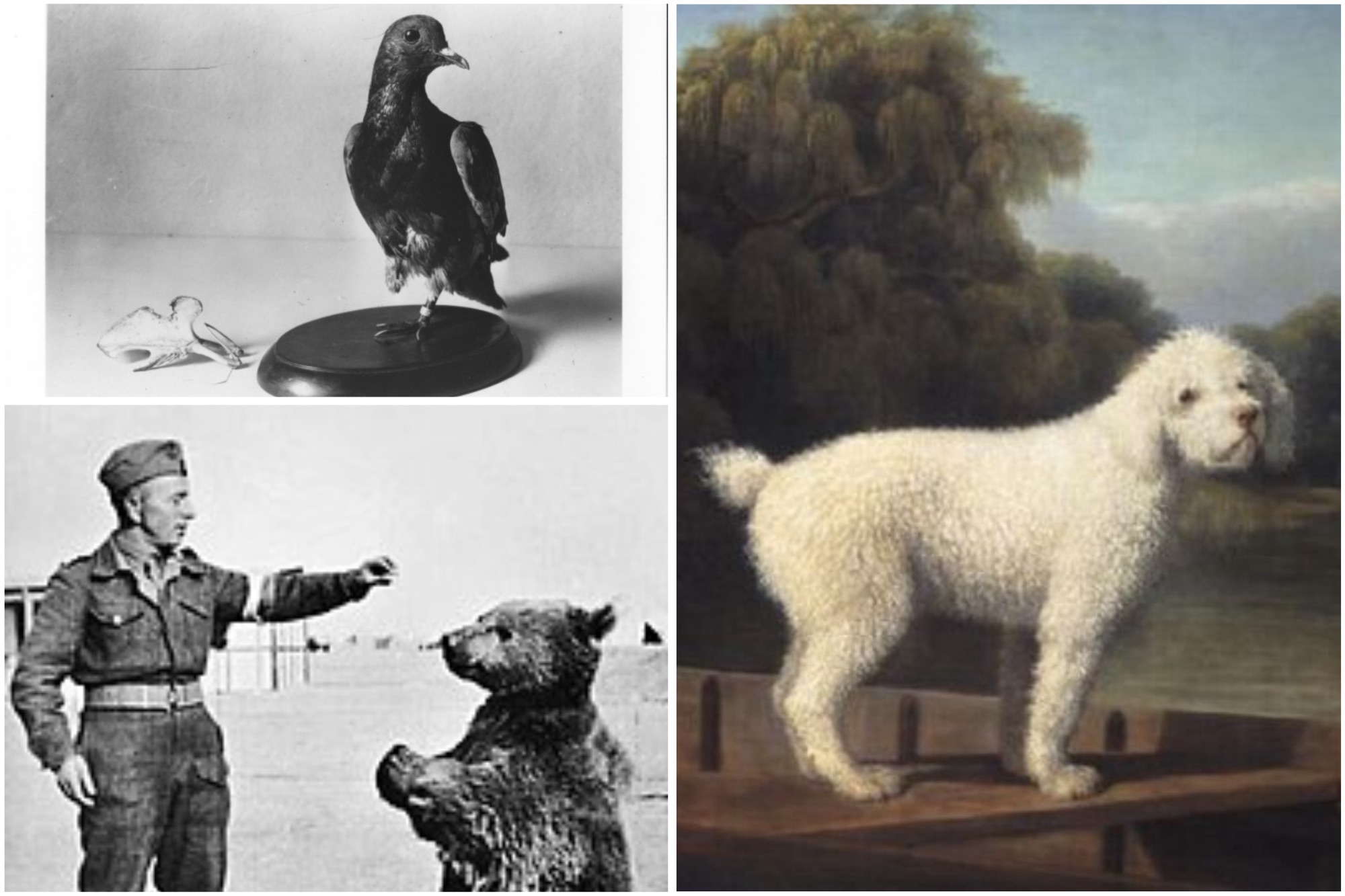Although history is mostly filled with human achievements, several animals have also performed acts of bravery and significance. This article will introduce you to three such animals that have earned their place in historical records.
3. Corporal Wojtek

Indeed, the most commonly used animals in warfare are those that can be domesticated and trained to follow commands. However, Wojtek was an unconventional and impractical choice for military service.
After Poland’s fall on October 6, 1939, Polish troops formed the Anders Army within the Soviet Union. Allowed to leave the Soviet Union through Iran, they aimed to join the Allied Forces in North Africa. During their journey, a group of Polish soldiers encountered a young boy caring for a bear cub orphaned by hunters. The soldiers adopted the cub and named him Wojtek.
The soldiers fed Wojtek condensed milk from a repurposed vodka bottle, eventually transitioning him to solid food. Beer quickly became his favorite drink. Wojtek also developed the habit of smoking cigarettes, often eating them instead of puffing. Imitating the soldiers, he would stand and march on his hind legs, salute, and engage in playful wrestling.
When the men were inducted into the British Army, they faced a prohibition against bringing Wojtek, considered merely a pet or mascot. Cleverly, they circumvented this by enlisting Wojtek as a Private. His remarkable contribution during the Battle of Monte Cassino, where he carried 45kg artillery shells, earned him a promotion to Corporal.
After the war, Wojtek was relocated to Edinburgh Zoo, where he became a beloved attraction. Veterans who had served with Wojtek often visited, indulging his unique habit of eating cigarettes. His fame reached television, appearing in an episode of Blue Peter. Wojtek’s life, marked by both service and celebrity, peacefully ended on December 2, 1963.
2. Boy

An equally enigmatic and peculiar example of an animal’s involvement in warfare is seen in the pet poodle of Prince Rupert of the Rhine. During the English Civil War, Prince Rupert fought for the Royalist faction, and his poodle, Boy, accompanied him in every battle, reputed to possess supernatural powers.
Parliamentarian accounts claimed that the dog was a witch’s familiar, summoned to fight alongside his master. Some even alleged that he was an incarnation of the Devil. These claims were mocked by Royalist humorists, who exaggerated these beliefs, asserting that Boy was invulnerable, could intercept bullets aimed at his master, and had the ability to predict future events.
Regrettably, the stories of the dog’s abilities were mere fabrications. During the Battle of Marston Moor, Prince Rupert’s Royalist troops were unexpectedly confronted by a superior force and ultimately defeated by the Parliamentarian cavalry led by Oliver Cromwell.
Boy, the dog, was left behind by his master and met his end. While the tale of Boy provides an endearing example of animals used in propagandist humor, it also underscores the tragic expendability of animals caught in the machinery of war.
1. Cher Ami

The use of animals in warfare has many historical instances, and World War I was no exception, despite significant advancements in military technology. While the use of horses during the Great War is well-known, the role of pigeons as messengers is less widely recognized.
Cher Ami, which means ‘Dear Friend’ in French, was one such notable pigeon. Born on April 21, 1918, in Britain, just as World War I was nearing its end, he was given to American troops during the Meuse-Argonne Offensive in October 1918.
During this offensive, a group of 550 American soldiers became surrounded by German forces. Trapped in a dire situation of mud and bloodshed, they faced relentless assaults from the Germans and inadvertently from their own Allied artillery, which, unaware of their position, targeted them.
After enduring days of intense combat and accidental bombardment by their own forces, Major Charles White Whittlesey resorted to using carrier pigeons for communication, as all human messengers had been killed. The first two pigeons sent were shot down, leaving Whittlesey with only Cher Ami to carry a desperate message to stop the friendly fire.
When it seemed all hope was lost, Cher Ami was shot down but astonishingly managed to fly again despite being blinded in one eye and severely injured in the leg.
Against all odds, Cher Ami reached headquarters. The timely delivery of the message allowed the artillery to correct their aim, saving the lives of the 194 surviving soldiers who were then able to retreat safely.
Although army medics saved Cher Ami, the severe injuries led to health issues, and the pigeon died on June 13, 1919. For his extraordinary bravery, Cher Ami was awarded the Croix de Guerre and Oak Leaf Cluster and became one of the first recipients of the Animals in Peace and War Medal of Bravery posthumously.
